O-rings (O-Ring) are widely used in industries such as hydraulics, pneumatics, construction machinery, aerospace, and electronics. Their primary function is to create seals between components, preventing liquid or gas leakage. O-ring failures may lead to leaks, equipment damage, or safety hazards. Understanding common failure causes and prevention measures is crucial for improving sealing efficiency and extending equipment lifespan.
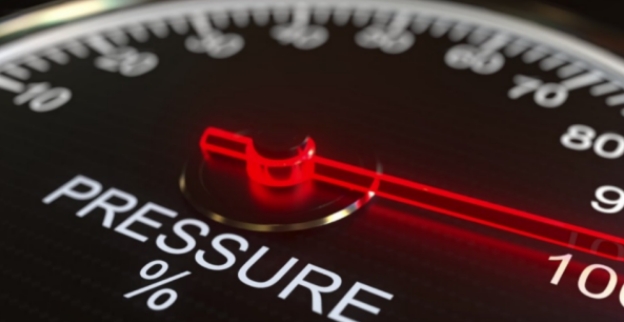
Failure Symptom: O-rings lose elasticity after prolonged compression, failing to restore original shape.
Causes:
Excessive operating temperatures accelerating rubber aging.
Continuous compressive stress exceeding material’s elastic limit.
Incorrect material selection (e.g., incompatible with medium or temperature).
Prevention:
Use materials with low compression set (e.g., FKM, HNBR).
Maintain 15-30% compression ratio.
Replace O-rings periodically under static compression.
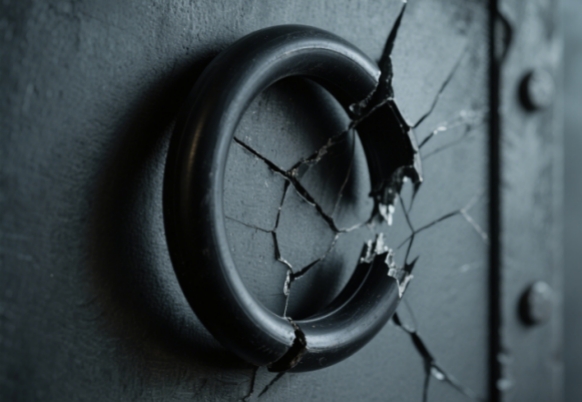
Failure Symptom: O-rings become brittle, cracked, or fragile.
Causes:
Long-term exposure to high temperatures, ozone, or UV.
Material incompatibility (e.g., NBR in high-temperature environments).
Contact with strong oxidizers (acids, alkalis, or cleaners).
Prevention:
Select heat/chemical-resistant materials (e.g., FKM, EPDM).
Avoid ozone/UV exposure during storage/use.
Implement chemical isolation measures.
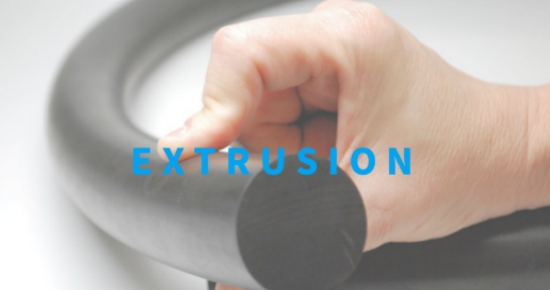
Failure Symptom: O-rings extrude from grooves, causing edge damage or rupture.
Causes:
Excessive seal gap (>0.15mm).
System pressure exceeding material limits.
Low hardness O-rings (insufficient pressure resistance).
Prevention:
Reduce seal gaps to recommended standards.
Use higher hardness O-rings (≥80 Shore A).
Install backup rings in high-pressure systems.

Failure Symptom: Visible surface wear marks reducing sealing performance.
Causes:
Relative motion between O-rings and metal surfaces.
Insufficient lubrication.
Rough surface finishes.
Prevention:
Use internally lubricated materials.
Select wear-resistant materials (e.g., PU, HNBR).
Optimize surface smoothness and sealing design.
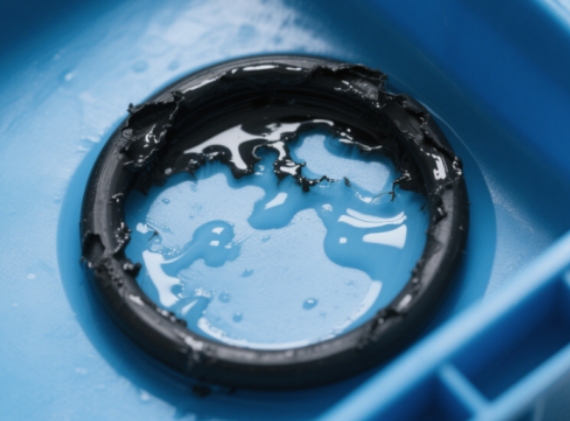
Failure Symptom: Swelling, deformation, or surface erosion.
Causes:
Material-medium incompatibility (e.g., NBR with ketones).
Prolonged exposure to acids, alkalis, or solvents.
High-temperature/pressure accelerating chemical reactions.
Prevention:
Choose chemical-resistant materials (e.g., FKM, FFKM, EPDM).
Conduct compatibility testing.
Apply protective coatings or structural modifications.
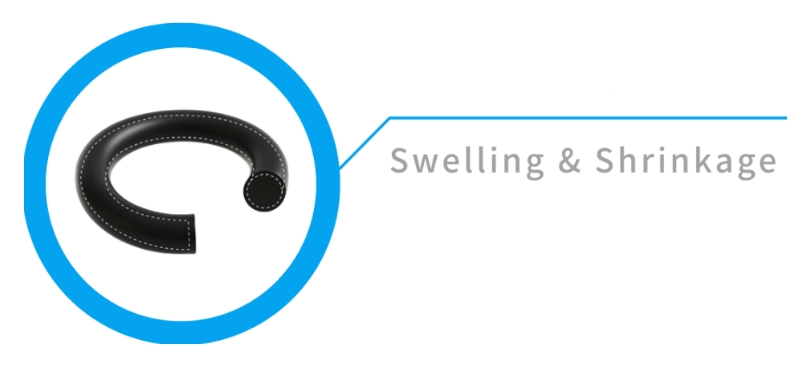
Failure Symptom: Size changes due to liquid absorption or solvent evaporation.
Causes:
Material absorption of incompatible fluids.
Plasticizer loss in dry environments.
Environmental fluctuations causing instability.
Prevention:
Use low-absorption materials (e.g., FKM, FFKM, PTFE).
Limit exposure to incompatible media.
Apply pre-treatment or protective layers.
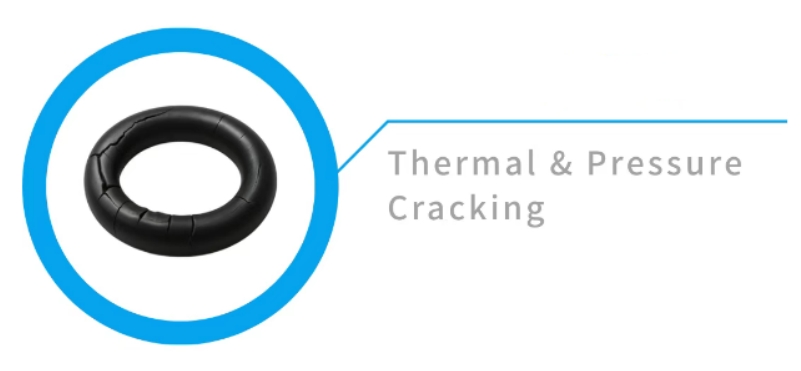
Failure Symptom: Micro-cracks or bursting under extreme conditions.
Causes:
Rapid temperature/pressure fluctuations.
Material limitations (e.g., NBR brittleness at low temperatures).
Prevention:
Use temperature-resistant materials (e.g., FKM, HNBR).
Control pressure change rates.
Ensure stress-free installation.
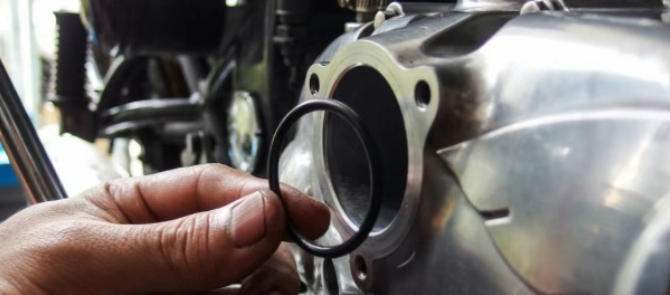
Failure Symptom: Tears, scratches, or deformation during assembly.
Causes:
Improper tools or overstretching.
Contact with sharp edges.
Incorrect O-ring dimensions.
Prevention:
Use dedicated installation tools and lubricants.
Remove sharp edges from grooves.
Verify O-ring-groove compatibility.
By addressing these 8 failure modes – compression set, hardening, extrusion, wear, corrosion, swelling, thermal shock, and installation errors – equipment reliability and seal longevity can be significantly improved.
For O-ring selection, technical support, or custom solutions, contact Guangzhou Jiarui Seals Co., Ltd. Our experts provide material recommendations, design optimization, and failure analysis tailored to your needs.

